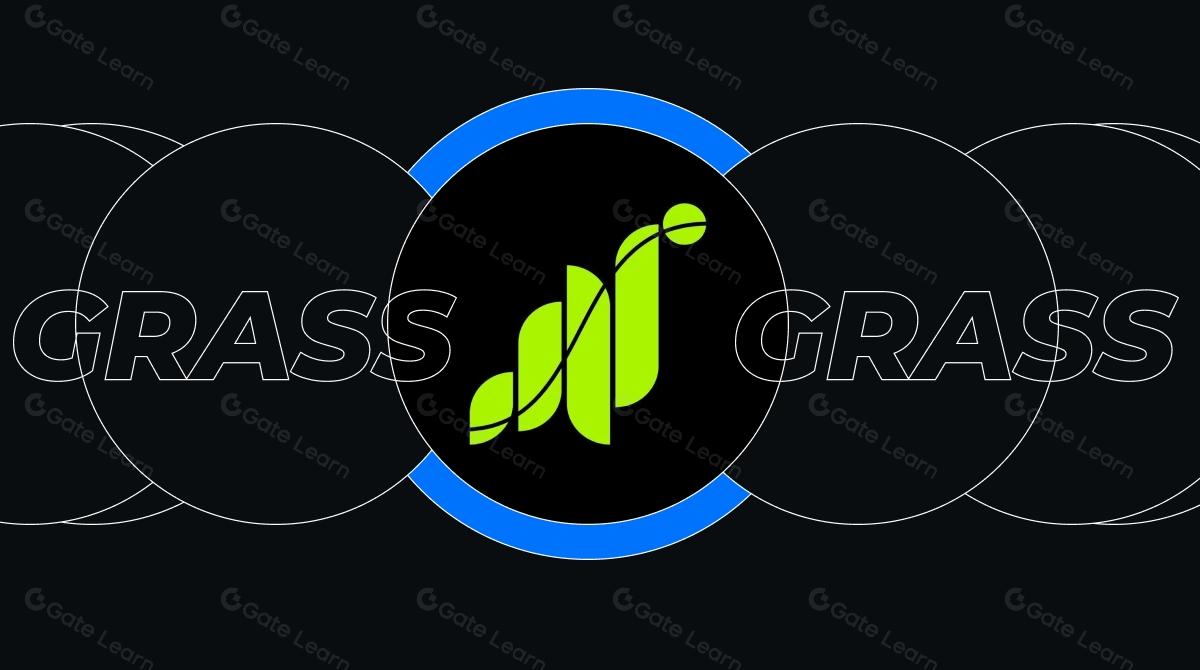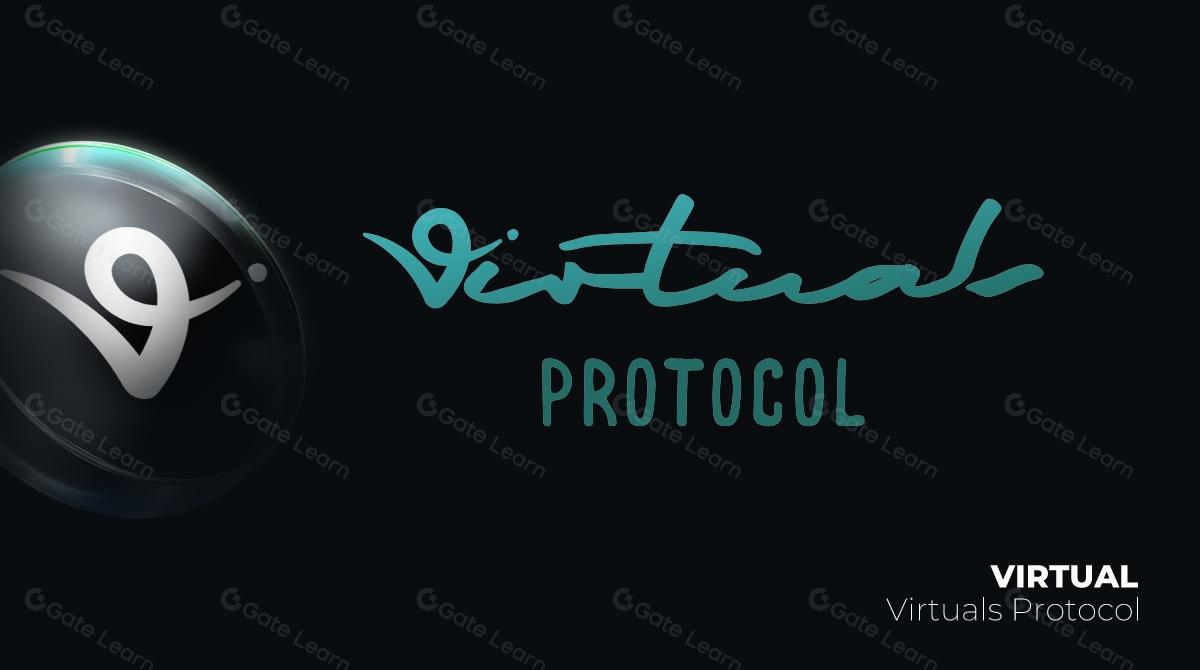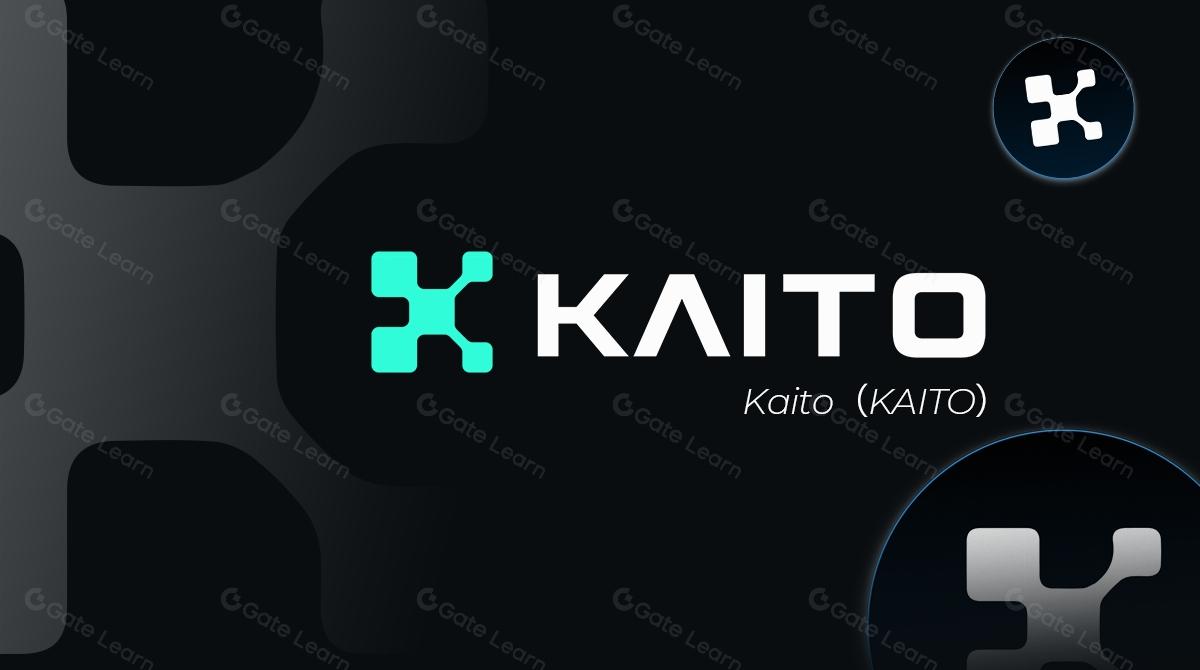What Are Stop-Loss and Take-Profit Levels and Their Calculation Methods?
Stop-loss (SL) and take-profit (TP) levels are two fundamental concepts in trading, serving as the basis for disciplined exit strategies for market timing. They reflect the investor’s willingness and capacity to bear risk.
Stop-Loss and Take-Profit Levels
The stop-loss (SL) level is a predetermined price set below the current market price at which a trader will close their position to limit losses. Conversely, the take-profit (TP) level is the price at which the trader plans to close their position to secure profits. Traders do not need to constantly monitor the market, as these levels can trigger automatic sell orders without the need for 24/7 attention.
Both stop-loss and take-profit fundamentally serve the same purpose: they require traders to take timely action to keep their positions within manageable limits when the market trends contrary to their expectations.
Why Are Stop-Loss and Take-Profit Necessary?
Risk Management
Employing stop-loss and take-profit levels is crucial for assessing risk in your investment strategy. Regardless of whether the market is trending upwards or downwards, this risk management mechanism ensures that you have a clear boundary for each trade, protecting your account from significant losses caused by unexpected market movements. It acts as a solid defense for your capital, helping you survive in volatile markets and creating opportunities for long-term profitability.
Preventing Emotional Trading
Emotions can often lead to poor decision-making during trading. For instance, a market price drop may induce panic, prompting hurried asset sales, while greed can lead to holding onto positions longer than advisable, hoping for higher profits, only to face a reversal. This is why some traders rely on predefined strategies to avoid trading under stress, fear, greed, or other intense emotions. Learning to determine when to close a position can prevent emotional decision-making amid market fluctuations and help maintain discipline in trading strategies.
Maintaining Consistency in Trading Strategies
Consistency is key to trading success. Whether based on technical analysis, fundamental analysis, or market sentiment, adhering to a consistent strategy can yield better long-term results. Setting stop-loss and take-profit levels helps you stick to your trading plan without being easily swayed by short-term market fluctuations.
Calculating Risk-Reward Ratios
Stop-loss and take-profit levels are essential for calculating the risk-reward ratio of a trade, which measures the risk taken in exchange for potential returns. This helps traders assess the balance between potential gains and possible losses before entering the market. By establishing a suitable risk-reward ratio (often at least 1:2), traders can ensure that the profits gained from successful trades can compensate for occasional losses, enhancing the likelihood of long-term profitability.
You can calculate the risk-reward ratio using the formula:
Risk-Reward Ratio = (Entry Price - Stop-Loss Price) / (Take-Profit Price - Entry Price).
How to Set Stop-Loss and Take-Profit Levels
Support and Resistance Levels
Support and resistance levels are vital reference points for traders to identify market trends. A support level is where buying demand increases as the price drops to a certain level, while a resistance level is where selling pressure mounts as the price rises. At these points, prices often reverse or temporarily stagnate. Traders can set take-profit levels just above support levels to lock in profits before a price rebound, while stop-loss levels can be placed just below resistance levels to mitigate losses if the price breaks through.
Moving Averages
Moving averages (MA) are widely used technical indicators that smooth out short-term price fluctuations, helping traders identify longer-term trends. Different moving averages are suitable for various time frames; shorter MAs are more sensitive, while longer MAs reflect overall trends better. When a short-term MA crosses above a long-term MA, traders may consider setting a take-profit level, indicating a potential upward trend. Stop-loss levels can be set below the long-term MA to protect against potential losses if the price falls below this support line. Moving averages provide an objective way to set trading goals while avoiding distractions from short-term price volatility.
Percentage Method
The percentage method is a straightforward strategy for setting stop-loss and take-profit levels, relying on fixed percentages rather than complex technical analysis. Traders can decide to close positions when the asset price rises or falls beyond a pre-set percentage, thus automatically halting losses or locking in gains. This approach is suitable for novice traders, as it provides clear rules to prevent emotional decision-making and helps manage risk and rewards easily.
Conclusion
For investors, determining stop-loss and take-profit levels can be more challenging than predicting price movements. Many lose profits by not taking gains at the right moment and others see losses expand by not effectively utilizing stop-loss levels. Thus, learning to establish stop-loss and take-profit levels to assess risk is crucial. This skill aids in long-term survival in the market and ultimately leads to profitability.
Related Articles

DOGS Token Overview: Tokenomics and Airdrop Claiming (as of 2025)

Grass (GRASS) — Decentralized AI Data Collection

Gate.com Launches Pilot Trading Section: Capture On-chain Alpha and Seize 100x Opportunities!

Virtuals Protocol (VIRTUAL) — The AI Agent Generation Platform at the Forefront of Innovation

Kaito (KAITO) - A Decentralized InfoFi Platform


